A list of the top-20 most famous dinosaurs, with pictures and facts. Discover some of the most popular dinosaurs and find out how they lived.
Famous Dinosaurs
Examples of famous dinosaurs include sauropods such as Apatosaurus, Brachiosaurus and Diplodocus; Ornithischians such as triceratops, stegosaurus and Ankylosaurus; and theropods such as Giganotosaurus, Allosaurus and Tyrannosaurus. These popular dinosaurs have appeared in numerous films, books, and TV shows.
On this page you'll find interesting information on these and many other popular dinosaurs. You'll also find links to additional information on many of the dinosaurs on the list.
Top 20 List Of The Most Famous / Popular Dinosaurs
Read on for pictures and facts on 20 of the world's most famous dinosaurs. Are there any popular dinosaurs that you’d like to see included in this list? What's your favorite dinosaur and why? Let us know in the comments section at the bottom of the page!
20. Therizinosaurus
- Type of dinosaur: Theropod
- Size: 26-36 ft. / 8 – 11 m
- Period: Late Cretaceous
Therizinosaurus was a towering therapod famous for its long arms and huge claws. Each hand had three claws, the longest of which grew to more than 20” / 50 cm in length. The name Therizinosaurus, which means “scythe lizard”, refers to the dinosaur’s large claws.
Although Therizinosaurus’ claws are impressive, they may not have been used solely as weapons. This large dinosaur may have moved around like a gorilla, occasionally standing on its hind legs and using its claws to pull down vegetation to eat.
Therizinosaurus achieved fame as the subject of the Walking with Dinosaurs series special episode, “The Giant Claw”.
19. Troodon
- Type of dinosaur: Theropod
- Size: 6.5 ft. / 2 m
- Period: Late Cretaceous
Troodon means “wounding tooth”, a name that comes from the dinosaur’s serrated teeth. The teeth were the first Troodon specimens to be found.
Most paleontologists believe that Troodon was a predator, with large eyes and one of the biggest brains in relation to body size of any dinosaur.
An opposing view is that Troodon’s serrated teeth were used to slice through leaves rather than meat, and that the dinosaur was an omnivore.
- You can find out more about this dinosaur on this page: Troodon Facts
18. Gallimimus
- Type of dinosaur: Theropod
- Size: 20 ft. / 6m
- Period: Late Cretaceous
Gallimimus belongs to this list of famous dinosaurs due to its appearance in the film Jurassic Park. In the film, paleontologist Alan Grant (played by Sam Neill) and the grandchildren of park owner John Hammond are surrounded by a Gallimimus herd. Grant and the children take shelter behind a fallen tree as the herd is attacked by a T. rex.
Gallimimus, whose name means “chicken mimic”, was a fast-moving, herd animal with a large, toothless beak. Unlike the dinosaur in Jurassic Park, Gallimimus is thought to have had feathers. The structure of its beak suggest that the dinosaur was a herbivore that ate tough vegetation.
- You can find out more about Gallimimus on this page: Gallimimus Facts
17. Giganotosaurus
- Type of dinosaur: Theropod
- Size: 39 ft. / 12 m
- Period: Late Cretaceous
Giganotosaurus was a large, meat-eating dinosaur that lived in South America in the Late Cretaceous. It’s possible that this fearsome dinosaur was the largest land carnivore ever to have lived; some paleontologists estimate its length could have exceeded 49 ft. / 15 m.
This famous dinosaur had crest-like ridges on the skull in front of the eyes.
- You can find out more about this dinosaur on this page: Giganotosaurus Facts
16. Coelophysis
- Type of dinosaur: Theropod
- Size: 10 ft. / 3 m
- Period: Late Triassic – Early Jurassic
Famous for being one of the earliest-known dinosaurs, Coelophysis is a 10 ft. / 3 m long dinosaur that lived in what is now the southwestern United States. (specimens have also been found in southern Africa.)
Coelophysis was a fast-moving bipedal (two-legged) hunter. Its relatively small teeth and slender arms suggest it preyed on animals significantly smaller than itself.
Large numbers of Coelophysis specimens found together suggest it may have lived or hunted in packs.
- You can find out more about Coelophysis on this page: Coelophysis Facts
15. Allosaurus
- Type of dinosaur: Theropod
- Size: 39 ft. / 12 m
- Period: Late Jurassic
Allosaurus is one of the most famous dinosaurs of the Jurassic Period. This very large, powerfully-built bipedal predator lived in what is now the USA, where numerous specimens have been found. Possible Allosaurus fossils have also been found in Tanzania, Portugal and China.
The prey of Allosaurus would likely have included Stegosaurus and possibly large sauropods such as Apatosaurus.
- You can find out more about Allosaurus on this page: Allosaurus Facts
14. Compsognathus
- Type of dinosaur: Theropod
- Size: 4.33 ft. / 1.32 m
- Period: Late Jurassic
Compsognathus was a small, bipedal, meat-eating dinosaur that lived in what is now Europe in the Late Jurassic.
An almost-complete Compsognathus fossil was found in Germany in the mid-nineteenth century. Scientists know the species is predatory because this specimen had the fossilized remains of a lizard in its stomach. A slightly larger Compsognathus specimen was found in France around 100 years later.
For many years, Compsognathus was famous for being the smallest-known dinosaur. However, several smaller dinosaurs have since been found.
13. Apatosaurus
- Type of dinosaur: Sauropod
- Size: 82 ft. / 25m
- Period: Late Jurassic
Apatosaurus was a huge, plant-eating dinosaur that lived in the Late Jurassic. It had a typical sauropod body plan, with a long neck and tail, and large body supported by four sturdy legs.
The first Apatosaurus was named in 1877 by famed paleontologist Othniel Charles Marsh. Marsh later found another, even larger, sauropod, which he named Brontosaurus.
Since then, there has been much argument over whether or not Brontosaurus was in fact an Apatosaurus. Later discoveries have led to both of these famous dinosaurs being recognized.
Apatosaurus had a stockier build than related sauropods, with thick legs and a deep chest. It may have been able to produce a loud cracking sound with its whip-like tail.
- You can find out more about Apatosaurus on this page: Apatosaurus Facts
12. Brachiosaurus
- Type of dinosaur: Sauropod
- Size: 75 ft. / 23m
- Period: Late Jurassic
First discovered in Colorado, United States, Brachiosaurus is a sauropod from the Late Jurassic period. It can be distinguished from other sauropods by its extra-long front legs, which gave its body a downward-sloping appearance.
The genus name Brachiosaurus, which means “arm lizard”, refers to the dinosaur’s long front legs.
Brachiosaurus is likely to have held its neck erect, and would have been capable of reaching foliage around 50 ft / 15 m above the ground.
Brachiosaurus appears in this list of famous dinosaurs because it appears in two notable scenes in Jurassic Park. It is the first dinosaur seen by paleontologists Dr. Alan Grant and Dr. Ellie Sattler (played by Sam Neill and Laura Dern respectively). Later in the movie, a Brachiosaurus sneezes over one of the children.
- You can find out more about Brachiosaurus on this page: Brachiosaurus Facts
11. Parasaurolophus
- Type of dinosaur: Ornithischian
- Size: 31 ft. / 9 m
- Period: Late Cretaceous
Parasaurolophus is one of the most famous hadrosaurid, or “duck-billed”, dinosaurs. Its name, which means “near / almost crested lizard”, refers to its being a close relative of Saurolophus. (Saurolophus, another hadrosaurid, appeared around 3 million years after Parasaurolophus.)
Parasaurolophus was a plant eating browser, able to walk on either two or four legs. It had a large, backwards-curving crest on the back of its head. Tubes ran from the nostrils to the crest, which may have been used to produce sounds.
- You can find out more about Parasaurolophus on this page: Parasaurolophus Facts
10. Iguanodon
- Type of dinosaur: Ornithischian
- Size: 30 ft. / 9 m
- Period: Late Jurassic – Early Cretaceous
Iguanodon was one of three dinosaurs that paleontologist Sir Richard Owen used as examples when classifying dinosaurs (the other two example dinosaurs were Megalosaurus and Hylaeosaurus). This famous ornithischian dinosaur was first discovered in England, with other specimens later being found in other parts of Europe.
The skull of Iguanodon was narrow and beaked, and this plant-eating animal had teeth suitable for grinding tough vegetation.
Iguanodon was probably quadrupedal, but may have been able to rear up onto its hind legs in order to reach food.
- You can find out more about Iguanodon on this page: Iguanodon Facts
9. Archaeopteryx
- Type of dinosaur: Theropod
- Size: 1 ft. / 30cm long
- Period: Late Jurassic
The discovery of Archaeopteryx, a crow-sized, feathered dinosaur, provided evidence to support Charles Darwin’s theory of Evolution. This is because Archaeopteryx had characteristics of both reptiles and birds, suggesting that the ancestors of Archaeopteryx were dinosaurs and that its descendants would be modern birds. Fossils such as these are known as “Transitional fossils”.
Archaeopteryx had feathered wings and may have been capable of true flight instead of simply gliding – although this is a source of disagreement between paleontologists. Unlike modern birds (and like reptiles), it had teeth and a long tail.
The importance of Archaeopteryx in establishing the link between dinosaurs and birds, together with its extremely well-preserved fossils, mean that it is one of the most famous dinosaurs.
- You can find out more about Archaeopteryx on this page: Archaeopteryx Facts
8. Ankylosaurus
- Type of dinosaur: Ornithischian
- Size: 26 ft. / 8m
- Period: Late Cretaceous
Ankylosaurus is one of the most famous armored dinosaurs. It was the largest ankylosaurid, and the last of its kind – it is thought to have lived right up to the end of the Cretaceous Period.
The body of Ankylosaurus was covered in bony plates. It had a beak and teeth, and four horns that projected backwards from its head. Its tail ended in a club, which provided protection from predators. This would have been useful; Ankylosaurus lived alongside Tyrannosaurus.
- You can find out more about Ankylosaurus on this page: Ankylosaurus Facts
7. Brontosaurus
- Type of dinosaur: Sauropod
- Size: 72 ft. / 22 m
- Period: Late Jurassic
Brontosaurus is one of the most famous sauropod dinosaurs, but for many years wasn’t actually considered to be a valid genus. This is because, after Brontosaurus had been named, it was decided that the specimen was, in fact, an Apatosaurus.
Apatosaurus had been named first, and when naming species, the rule is that the first name is the one that should be used. Therefore, Brontosaurus should have been renamed Apatosaurus.
Research carried out in the 21st century suggests that Brontosaurus is sufficiently different to Apatosaurus to be considered a genus in its own right. Therefore, Brontosaurus was again considered to be an “official” dinosaur, although not all paleontologists agree with this decision.
- You can find out more about Brontosaurus on this page: Brontosaurus Facts
6. Spinosaurus
- Type of dinosaur: Therapod
- Size: 56 ft. / 17 m.
- Period: Late Cretaceous
The first Spinosaurus was discovered in Egypt in 1912. Unfortunately, the specimen was destroyed when the museum in Germany in which they were being stored was bombed during the war.
Several more Spinosaurus fossils have since been found, also in North Africa.
Spinosaurus is one of the biggest land predators ever to have lived. Like other spinosaurids, it had elongated spines on its back. These are thought to have supported a sail made of skin.
Paleontologists are unsure of the purpose of the Spinosaurus’s sail. It may have helped to keep the dinosaur at the correct temperature, or have been used as a display to attract mates.
Another explanation is that it helped Spinosaurus move through the water while swimming. Spinosaurus’s long, thin jaws and sharp teeth suggest it was a fish eater.
- You can find out more about Spinosaurus on this page: Spinosaurus Facts
5. Diplodocus
- Type of dinosaur: Sauropod
- Size: 79 ft. / 24 m
- Period: Late Jurassic
Perhaps the most famous sauropod dinosaur, Diplodocus was typical of its type, being a huge, four-legged, plant-eating animal with a long neck and whip-like tail.
Diplodocus may have had a row of triangular spikes running along its back.
The structure of the peg-like teeth of Diplodocus suggest that it grasped a branch in its mouth, then moved its head up or down to strip foliage from the branch.
With a center of gravity located near its hips, Diplodocus is likely to have been able to rear up on its hind legs, using its tail as support. This would have allowed the dinosaur to reach foliage located high up in the trees.
- You can find out more about Diplodocus on this page: Diplodocus Facts
4. Velociraptor
- Type of dinosaur:
- Size: 6.5 ft / 2m
- Period: Late Cretaceous
Many depictions of Velociraptor, including those in Jurassic Park, suggest that it was taller than a man. In fact, Velociraptor was turkey-sized, standing around 1.6 ft. / 50 cm tall and 6.5 ft / 2m long.
Another inaccuracy in the Jurassic Park velociraptors is that they are portrayed without feathers. Velociraptor is now known to have had both feathers, and wings. If is thought that the ancestors of Velociraptor may have been able to fly. (Velociraptor itself is thought to be flightless.)
One each of Velociraptor’s feet was a 3.5 in. / 9 cm killing claw. Armed with such formidable weapons, Velociraptor would have been a proficient hunter. In one famous fossil, a Velociraptor is fighting a Protoceratops.
- You can find out more about Velociraptor on this page: Velociraptor Facts
3. Triceratops
- Type of dinosaur: Ornithischian
- Size: 30 ft. / 9m
- Period: Late Cretaceous
Triceratops was a large, powerful, plant-eating dinosaur that lived in what is now North America. It is one of the most famous dinosaurs, and one of the most recognizable, due to its three horns (one on its snout, the other two at the top of its face), and the large bony shield that extends backwards from the back of the skull.
The horns and shield may have been defensive adaptations against predators (Triceratops lived alongside fearsome predators such as Tyrannosaurus Rex), but they may have been used for courtship or establishing dominance against other Triceratops.
- You can find out more about Triceratops on this page: Triceratops Facts
2. Stegosaurus
- Type of dinosaur: Ornithischian
- Size: 30 ft. / 9m
- Period: Late Jurassic
Most people can identify a Stegosaurus due to the distinctive plates that run along this famous dinosaur’s back. The plates may have offered a means of defense against predators, or played a part in keeping the dinosaur’s body at the correct temperature. Today, it is thought the plates’ most likely function is that they were used in display, to signify dominance and to attract a mate.
Even if the plates’ primary function wasn’t defense, Stegosaurus was by no means defenseless. Its tail was equipped with four long (up to 3 ft. / 1.5 m) spikes. In many specimens, the spikes are worn or damaged, suggesting that they were used in combat when the dinosaur was alive.
- You can find out more about Stegosaurus on this page: Stegosaurus Facts
1. Tyrannosaurus Rex
- Type of dinosaur: Theropod
- Size: 40 ft. / 12.3 m
- Period: Late Cretaceous
It should come as no surprise that the number one dinosaur in this list of the most famous dinosaurs is… Tyrannosaurus Rex.
It says much about the popularity of this dinosaur that Tyrannosaurus Rex is one of the few dinosaurs to be known by its species name, rather than by the wider genus name.
In scientific terminology, a species name has two words, the first word being the genus (in this case Tyrannosaurus, meaning “tyrant lizard”); the second word being an identifying name (in this case, rex, meaning “king”).
When discussing species, it is usual for biologists to use the initial of the genus name rather than repeating it. That's why Tyrannosaurus Rex is often known simply as: T. rex.
(It’s also customary to italicize genus and species names.)
T. rex is usually thought of as an apex predator, but it’s likely that the species was also at least partly a scavenger.
The skull of T. rex was heavily-built and its jaws suggest that it had a powerful bite force. The largest T. rex teeth were around 12 in. / 30 cm in length, including the root.
Although the forelimbs of T. rex were short, they were thought to be powerful. It is likely that they were used to prevent prey from escaping.
T. rex lived right at the end of the Cretaceous Period, and this famous dinosaur was likely one of the last dinosaurs to have lived*.
- You can find out more about Tyrannosaurus Rex on this page: T Rex Facts
* In fact, dinosaurs did live on after the Mesozoic Era in the shape of birds. You can find out more on this page: What Is A Bird?
List Of Famous Dinosaurs: Conclusion
We hope that you have enjoyed reading about these popular dinosaurs.
Of course, many more dinosaurs lived during the Mesozoic Era, which spanned almost 200 million years; you can find out about some of them in the following pages:
- Triassic Dinosaurs List with Pictures & Facts: Discover the Dinosaurs of the Triassic Period!
- Jurassic Dinosaurs List: Discover The Dinosaurs That Lived In The Jurassic Period
- Cretaceous Period Dinosaurs List With Pictures & Facts: Discover The Dinosaurs That Lived In The Cretaceous Period
You can find out more about the animals that lived with the dinosaurs on the following pages:
- Triassic Animals – Discover The Animals That Lived With The Dinosaurs In The Triassic Period
- Jurassic Animals – A List Of Animals That Lived In The Jurassic Period (That Weren’t Dinosaurs!)
- Cretaceous Period Animals That Weren’t Dinosaurs
You can also find out more about the Mesozoic Era on the following pages:

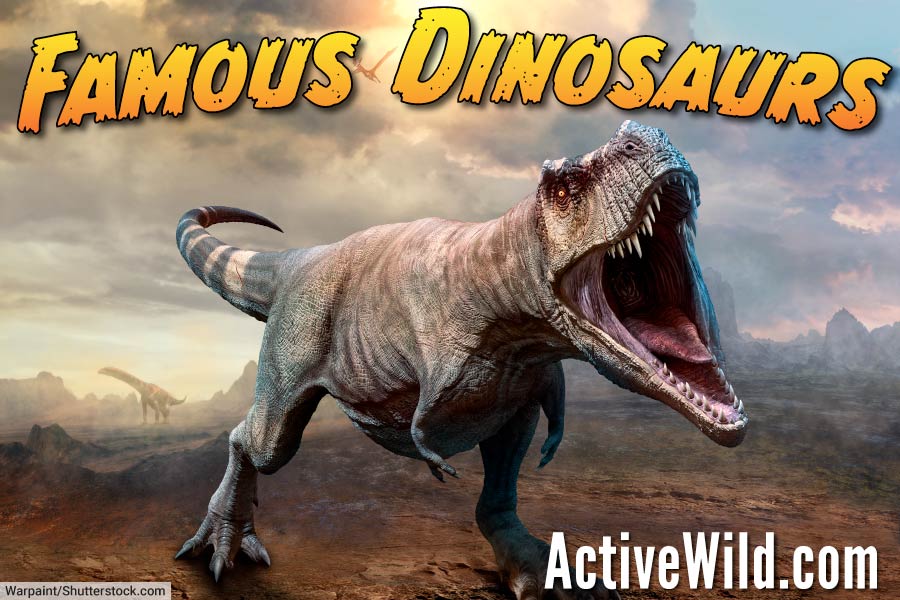


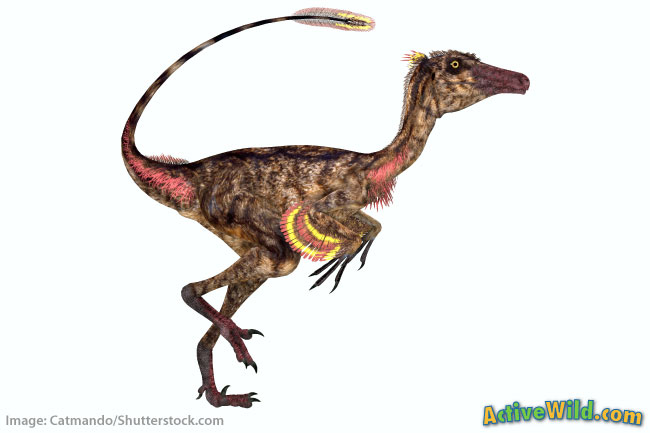
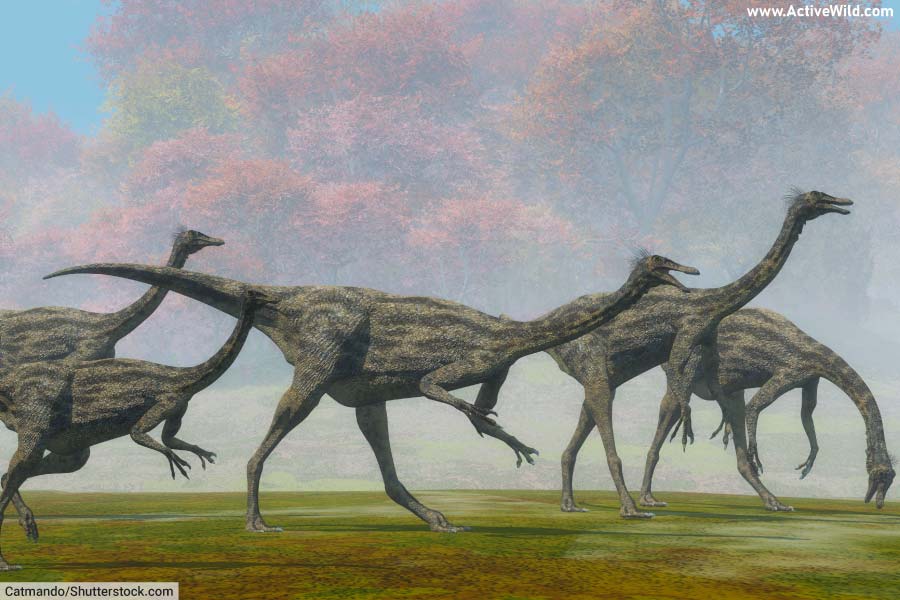

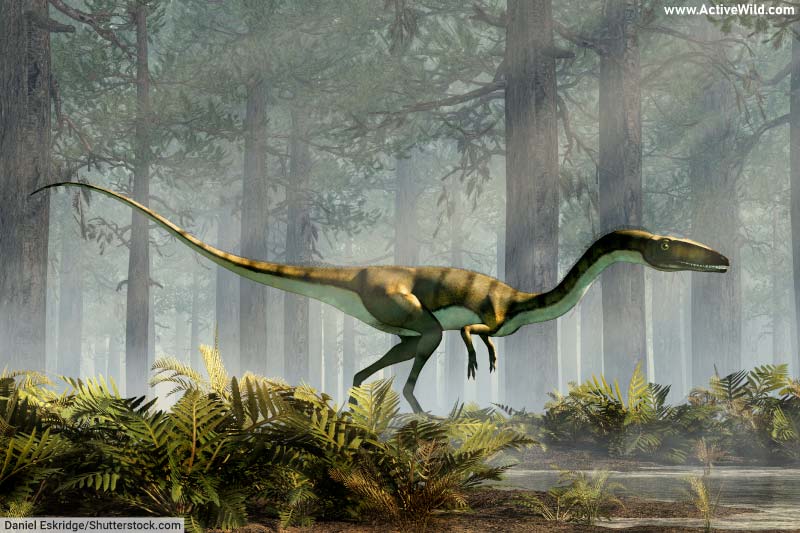
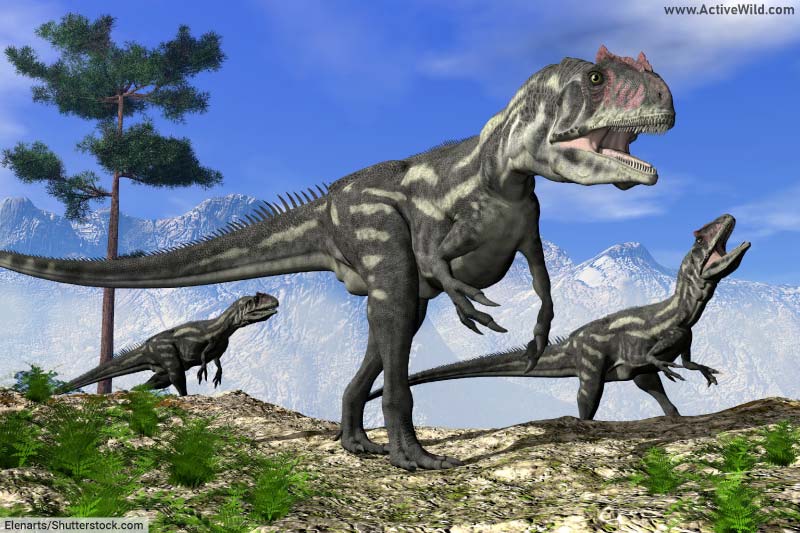
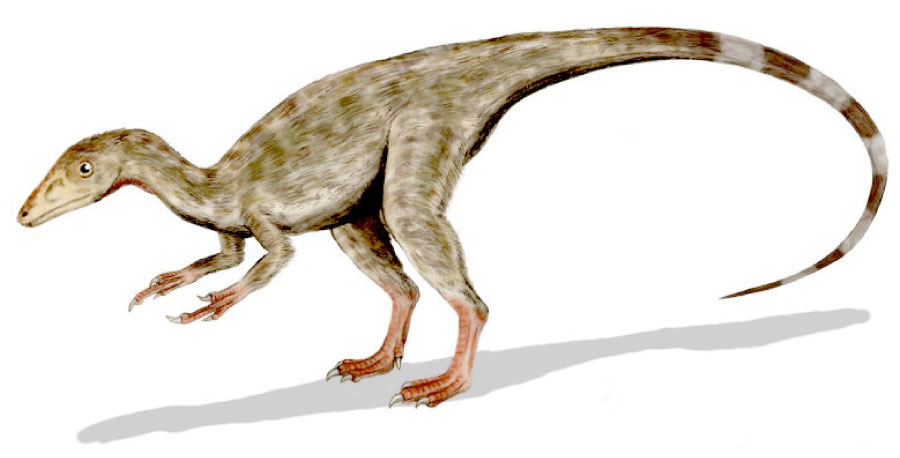

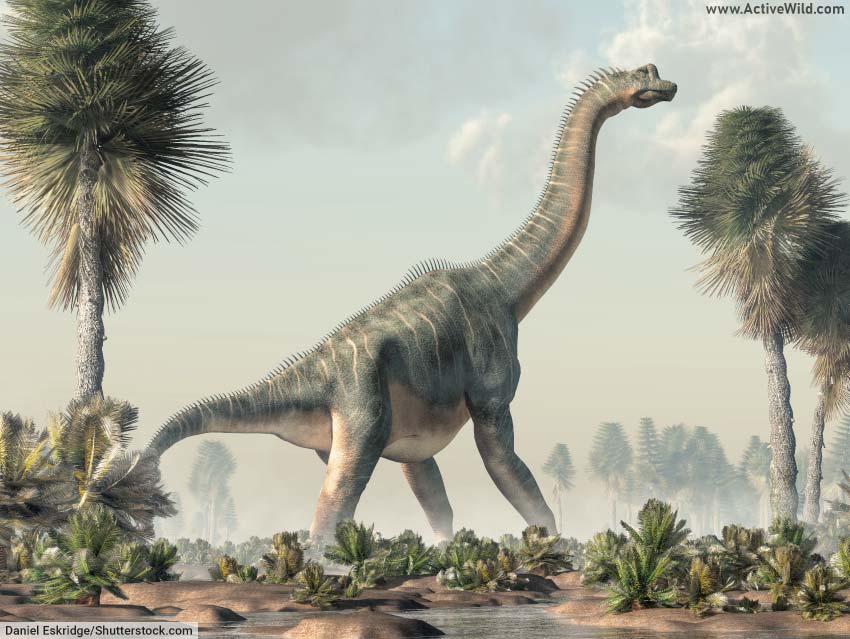




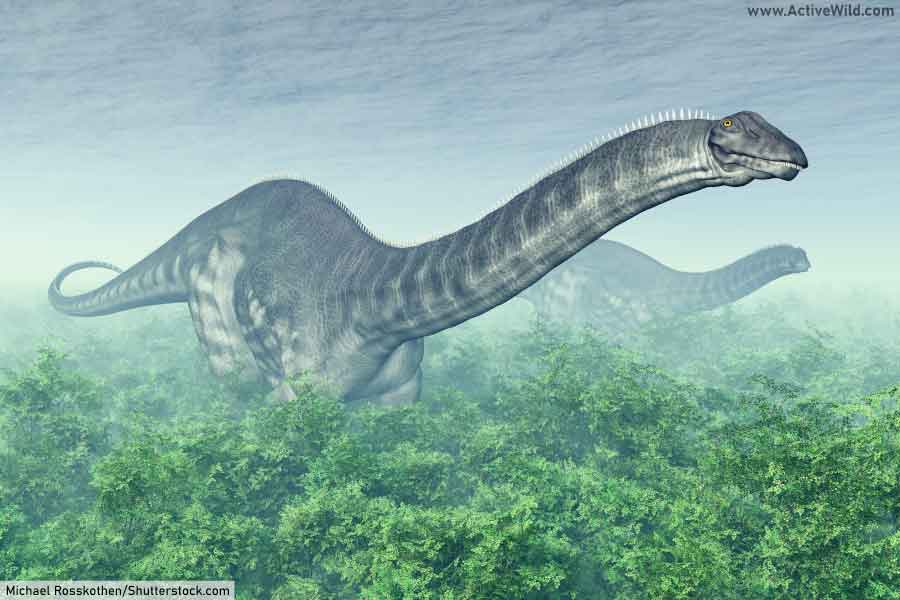
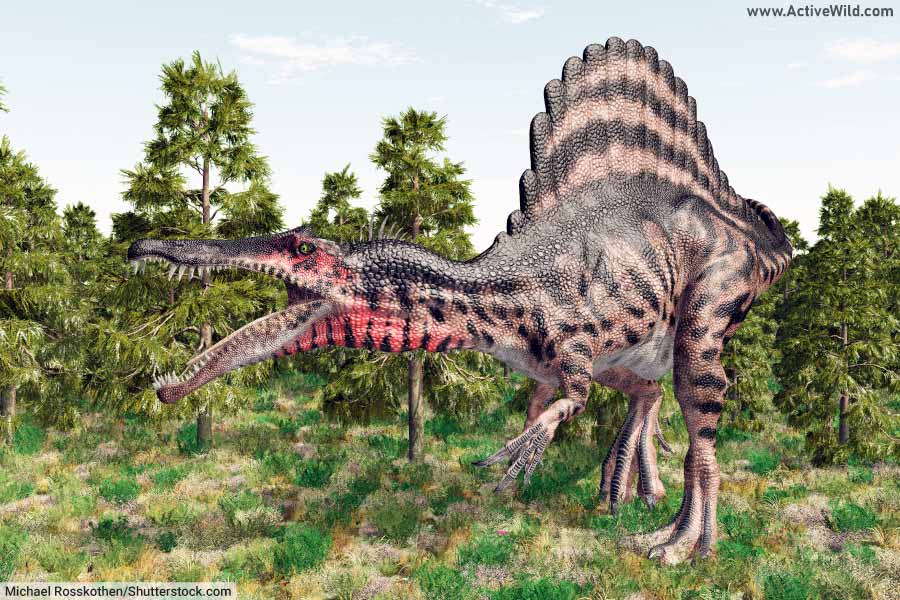
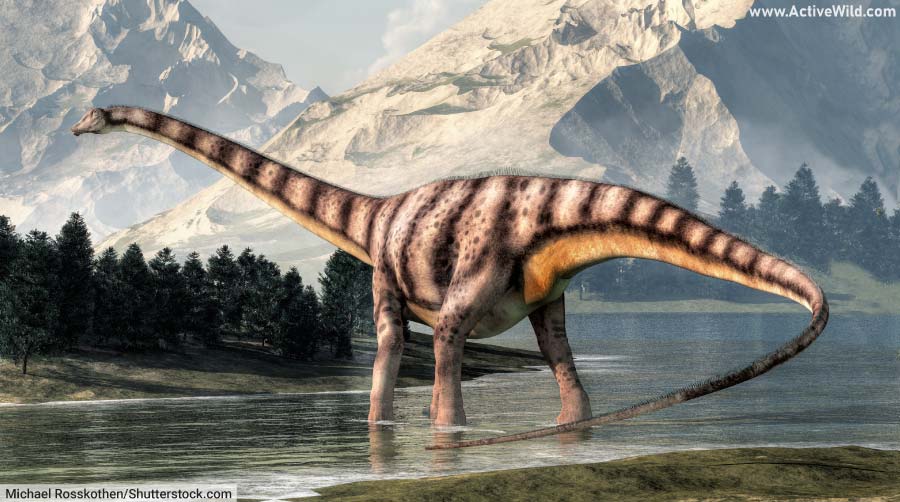

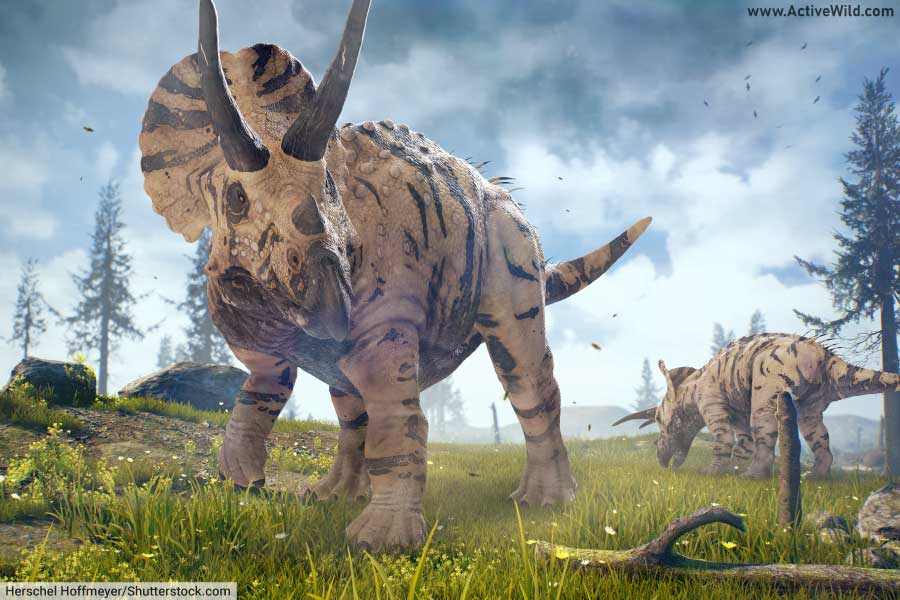
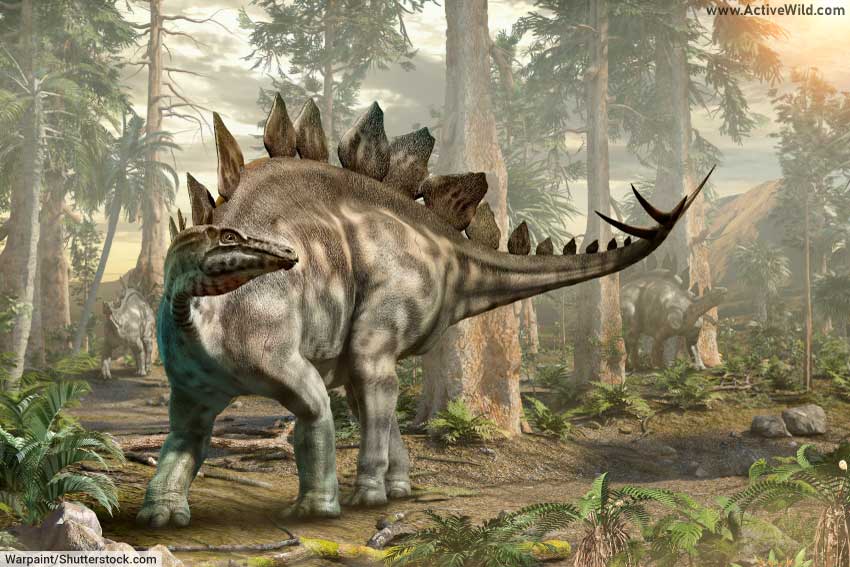
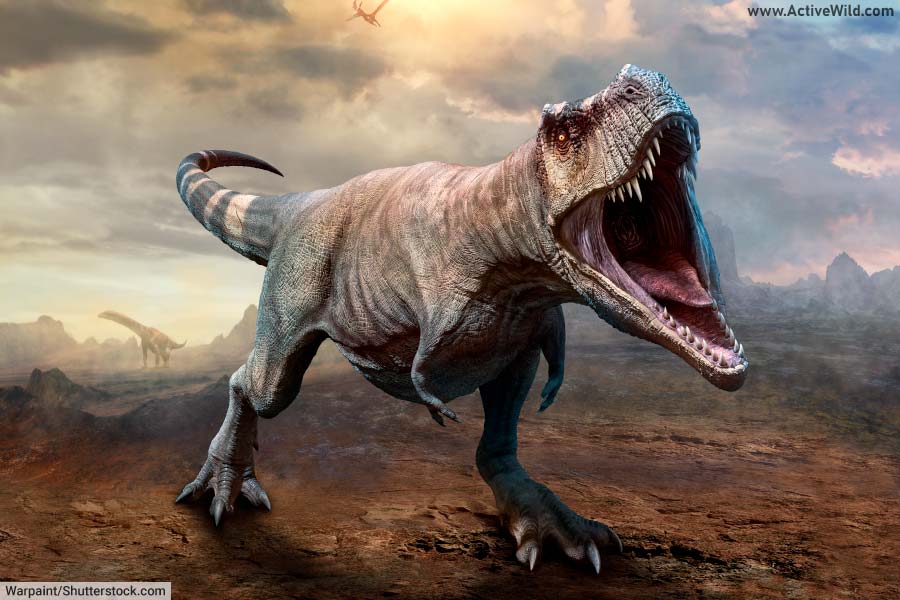
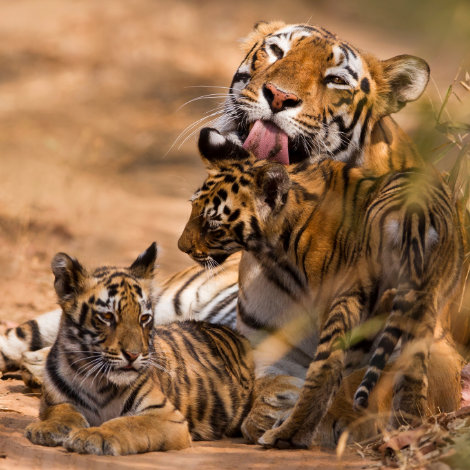
Dinos RUUUUUUUUUUUUUUUUUUUUUUUUULLLLLLLLLLLLLLLLLLLLLLE the world.
… well, they did once! 😀
Where’s the one that flies like a bird?
Hi, do you mean Archaeopteryx? It’s at number 9 in the list.
spinosaurus is king not t.rex
Maybe you should add Pteranodon to the list because it lived at the same time as dinosaurs and it had as much success as those other reptiles. I think it should be fair that dinosaurs and pterosaurs should be treated equal.
No, it would be incorrect to include a pterosaur on a page about dinosaurs!
However, you’re right that pterosaurs were successful animals and equally as important as the dinosaurs, and we have plenty of pterosaur info on the site!
You can find out more about pterosaurs on these pages:
I think you should add Ceratosaurus to the list.
Great call! We have included Ceratosaurus in our list of cool dinosaurs: Cool Dinosaurs with Pictures & Facts, and it’s also got its own page, here: Ceratosaurus Facts.
T. Rex is, and always will be, king!!!
👍 You can find out more about The King here: T Rex Facts